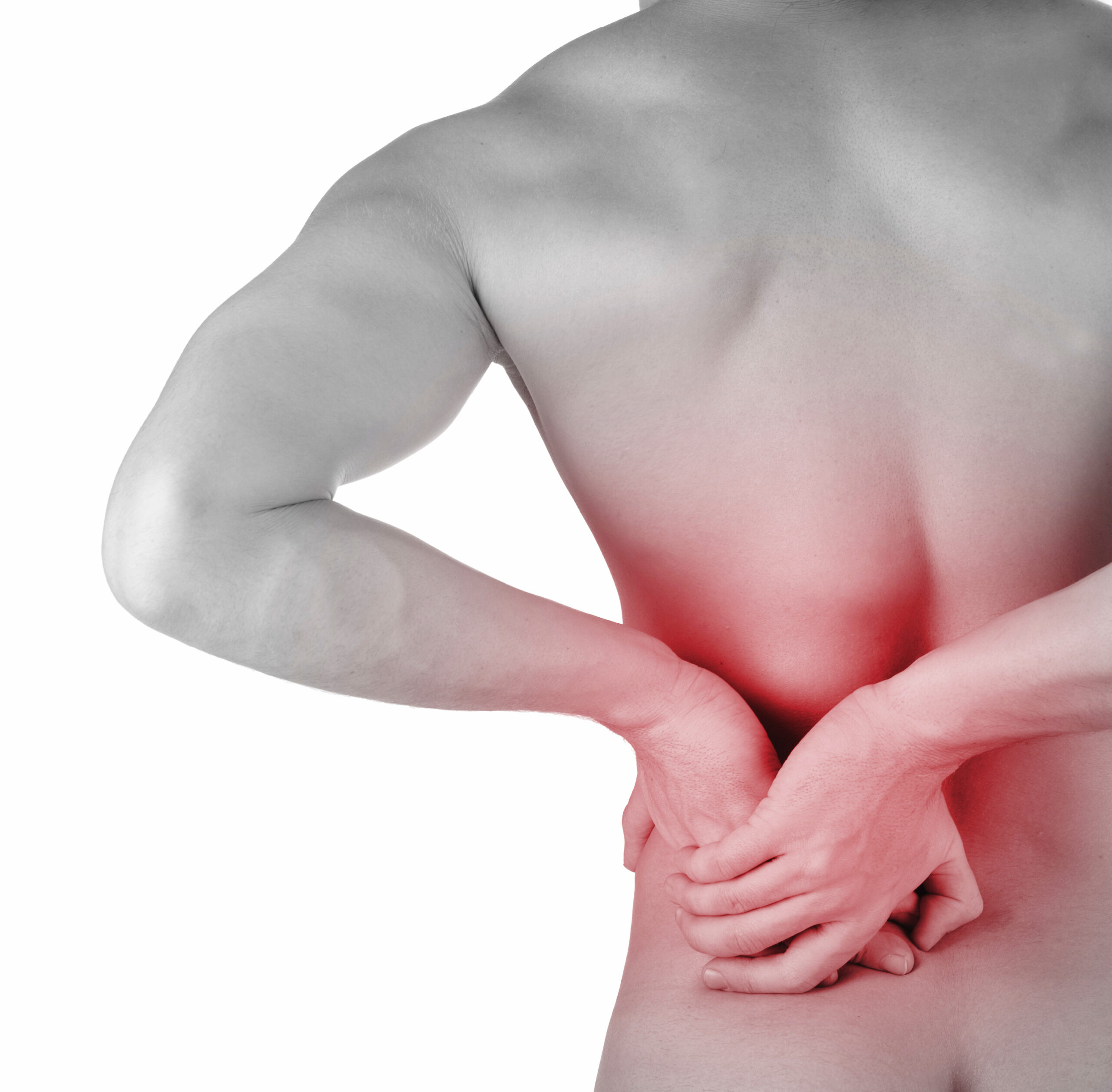Chronic pain is a pervasive and complex condition that affects millions of people worldwide. Unlike acute pain, which serves as a temporary warning signal of injury or illness, chronic pain persists for months or even years, often without a clear cause. Managing chronic pain effectively requires more than just addressing physical symptoms—it necessitates a holistic approach that considers the entire person, including their emotional, psychological, and social well-being. This is where the whole-person approach to chronic pain management comes into play.
Understanding the Whole-Person Approach
The whole-person approach to chronic pain management is grounded in the belief that chronic pain is not just a physical condition but a multifaceted experience that impacts every aspect of a person’s life. This approach recognizes that pain is influenced by a complex interplay of biological, psychological, social, and spiritual factors. By addressing all these dimensions, the whole-person approach aims to provide more comprehensive and effective care.
1. Biological Factors
The biological aspect of chronic pain involves the physical mechanisms that contribute to pain, including nerve damage, inflammation, and musculoskeletal issues. Traditional medical treatments, such as medications, physical therapy, and surgery, are typically used to address these factors. However, the whole-person approach goes beyond these standard treatments by considering how the body’s overall health and functioning influence pain.
-
Medications: Pain-relieving medications, such as nonsteroidal anti-inflammatory drugs (NSAIDs), antidepressants, and anticonvulsants, can be effective in managing the biological aspects of chronic pain. However, these should be used as part of a broader treatment plan that also addresses non-physical factors.
-
Physical Therapy: Regular physical therapy can help improve mobility, strengthen muscles, and reduce pain. Exercise programs tailored to an individual’s needs can be particularly beneficial in managing chronic pain by enhancing physical function and overall health.
-
Nutritional Support: A balanced diet rich in anti-inflammatory foods, vitamins, and minerals can support the body’s healing processes and reduce pain. Nutritional counseling can be an integral part of a whole-person care plan.
2. Psychological Factors
Chronic pain is closely linked to mental health conditions such as depression, anxiety, and stress. These psychological factors can exacerbate pain and hinder recovery. The whole-person approach to chronic pain management emphasizes the importance of addressing these mental health issues alongside physical treatment.
-
Cognitive-Behavioral Therapy (CBT): CBT is an evidence-based psychological intervention that helps individuals change negative thought patterns and behaviors that can worsen pain. It teaches coping strategies and problem-solving skills to manage pain more effectively.
-
Mindfulness and Relaxation Techniques: Mindfulness practices, such as meditation and deep breathing exercises, can help individuals become more aware of their pain and reduce its emotional impact. These techniques promote relaxation, which can alleviate pain and improve overall well-being.
-
Counseling and Support Groups: Regular sessions with a therapist or participation in support groups can provide emotional support, reduce feelings of isolation, and offer practical strategies for Pain Management.
3. Social Factors
Social factors, including relationships, work, and community involvement, play a significant role in how individuals experience and manage chronic pain. Social isolation, lack of support, and work-related stress can all contribute to the persistence of pain.
-
Social Support Networks: Building and maintaining strong social connections can provide emotional support and reduce the sense of isolation that often accompanies chronic pain. Family, friends, and community groups can offer encouragement and practical assistance.
-
Workplace Accommodations: For individuals with chronic pain who are employed, workplace accommodations, such as flexible hours, ergonomic workstations, and modified duties, can make it easier to manage pain while maintaining productivity.
-
Community Involvement: Engaging in community activities, volunteering, or joining groups with shared interests can provide a sense of purpose and reduce the focus on pain.
4. Spiritual Factors
For many people, spiritual beliefs and practices play a crucial role in how they cope with chronic pain. Spirituality can provide a sense of meaning, purpose, and connection, which can be powerful tools in managing pain.
-
Spiritual Counseling: Engaging with a spiritual counselor or participating in religious or spiritual communities can provide comfort and support. This can be particularly beneficial for individuals who find strength in their faith or spiritual practices.
-
Meditation and Prayer: For some, meditation and prayer are essential components of their spiritual practice. These activities can promote a sense of peace and well-being, helping individuals manage the emotional and psychological aspects of chronic pain.
-
Exploring Meaning and Purpose: Chronic pain can lead to questions about life’s meaning and purpose. Addressing these existential concerns through spiritual exploration or counseling can help individuals find peace and resilience in the face of pain.
Integrating the Whole-Person Approach into Pain Management
Implementing a whole-person approach to Managing chronic pain involves integrating various treatment modalities and strategies into a cohesive care plan. This requires collaboration among healthcare providers, patients, and their support networks.
1. Personalized Care Plans
Each individual’s experience of chronic pain is unique, and their treatment plan should reflect this. A personalized care plan that considers the individual’s physical health, mental and emotional well-being, social circumstances, and spiritual beliefs is essential for effective pain management.
-
Comprehensive Assessments: Conducting thorough assessments that include physical, psychological, social, and spiritual evaluations is the first step in developing a personalized care plan. This allows healthcare providers to identify all the factors contributing to a patient’s pain.
-
Collaborative Care: A multidisciplinary team approach, involving doctors, psychologists, physical therapists, nutritionists, and spiritual counselors, ensures that all aspects of a patient’s pain are addressed. Regular communication among team members is crucial for coordinating care.
-
Patient Involvement: Empowering patients to take an active role in their care is a key component of the whole-person approach. Patients should be involved in setting goals, making treatment decisions, and developing strategies for managing their pain.
2. Education and Self-Management
Education is a critical aspect of the whole-person approach. Patients who understand their condition and the factors that influence their pain are better equipped to manage it effectively.
-
Pain Education: Teaching patients about the nature of chronic pain, its triggers, and how various treatments work can demystify the condition and reduce fear and anxiety.
-
Self-Management Techniques: Educating patients on self-management techniques, such as pacing activities, relaxation exercises, and dietary changes, empowers them to take control of their pain and improve their quality of life.
-
Ongoing Support: Providing ongoing education and support, through follow-up appointments, support groups, or online resources, helps patients stay engaged in their care and make informed decisions about their treatment.
Conclusion
The whole-person approach to chronic pain management recognizes that chronic pain is more than just a physical symptom—it is a complex experience that affects every aspect of a person’s life. By addressing the biological, psychological, social, and spiritual dimensions of pain, this approach offers a more comprehensive and effective way to manage chronic pain.
Through personalized care plans, multidisciplinary collaboration, patient education, and self-management strategies, individuals can gain the tools and support they need to manage their pain and live fuller, more meaningful lives. The whole-person approach not only aims to reduce pain but also to enhance overall well-being, helping individuals to build resilience and find strength in the face of chronic pain.



